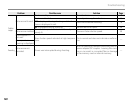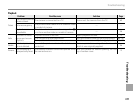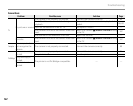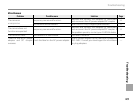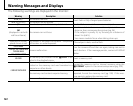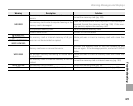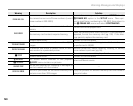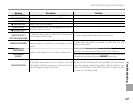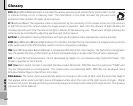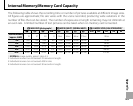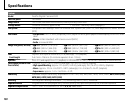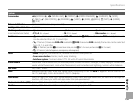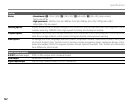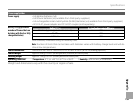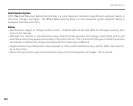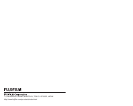
128
Glossary
DPOF (Digital Print Order Format): A standard that allows pictures to be printed from “print orders” stored
in internal memory or on a memory card. The information in the order includes the pictures to be
printed and the number of copies of each picture.
EV (Exposure Value): The exposure value is determined by the sensitivity of the image sensor and the amount
of light that enters the camera while the image sensor is exposed. Each time the amount of light doubles, EV
increases by one; each time the amount of light is halved, EV decreases by one. The amount of light entering the
camera can be controlled by adjusting aperture and shutter speed.
Exif Print: A standard for storing information with pictures for optimal color reproduction during printing.
HDMI (High-De nition Multimedia Interface): An interface standard for the transmission of images and sound that
adds audio input to the DVI interface used to connect computers to displays.
JPEG (Joint Photographic Experts Group): A compressed le format for color images. The higher the compression
rate, the greater the loss of information and more noticeable drop in quality when the picture is displayed.
MOV: A movie le format (extension “.mov”) developed by Apple, Inc., and viewed using QuickTime Player. This
format is popular on the Internet.
WAV (Waveform Audio Format): A standard Windows audio le format. WAV les have the extension “*.WAV” and
may be compressed or uncompressed. The camera uses uncompressed WAV. WAV les can be played using
Windows Media Player or QuickTime 3.0 or later.
White balance: The human brain automatically adapts to changes in the color of light, with the result that objects
that appear white under one light source still appear white when the color of the light source changes. Digital
cameras can mimic this adjustment by processing images according to the color of the light source. This process
is known as “white balance.”
Appendix



